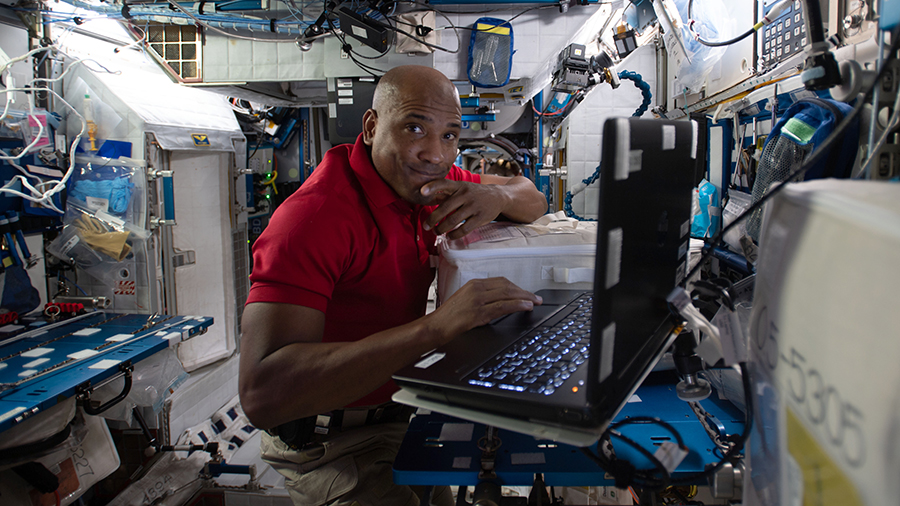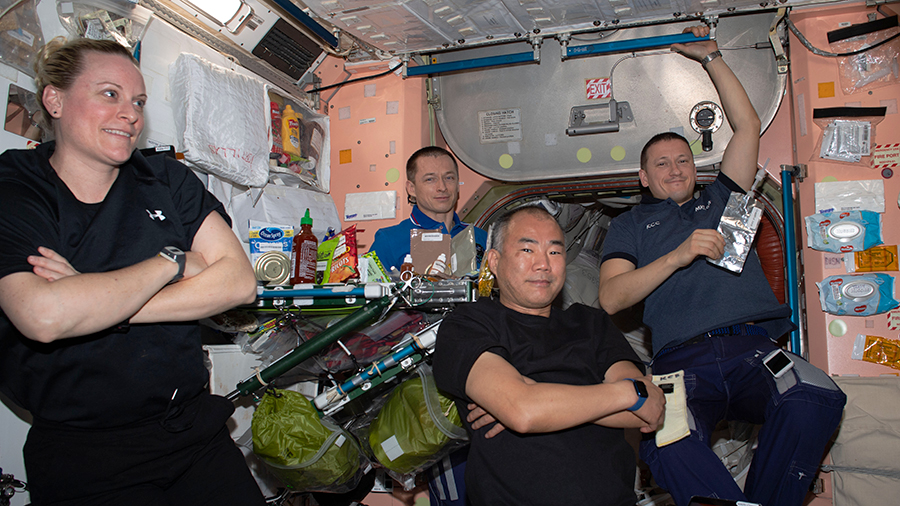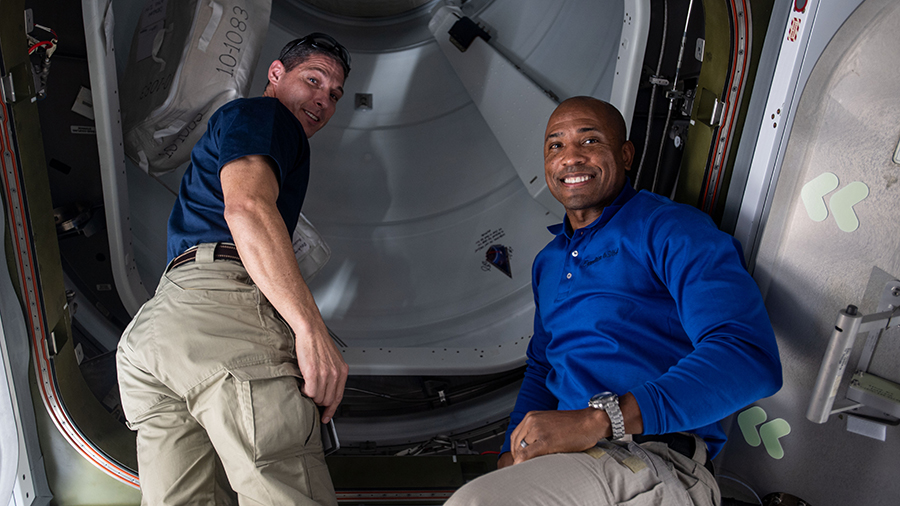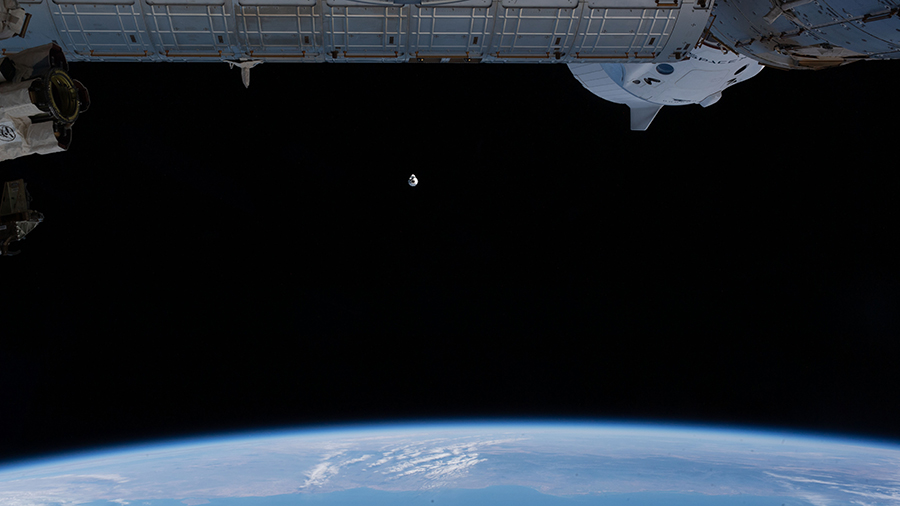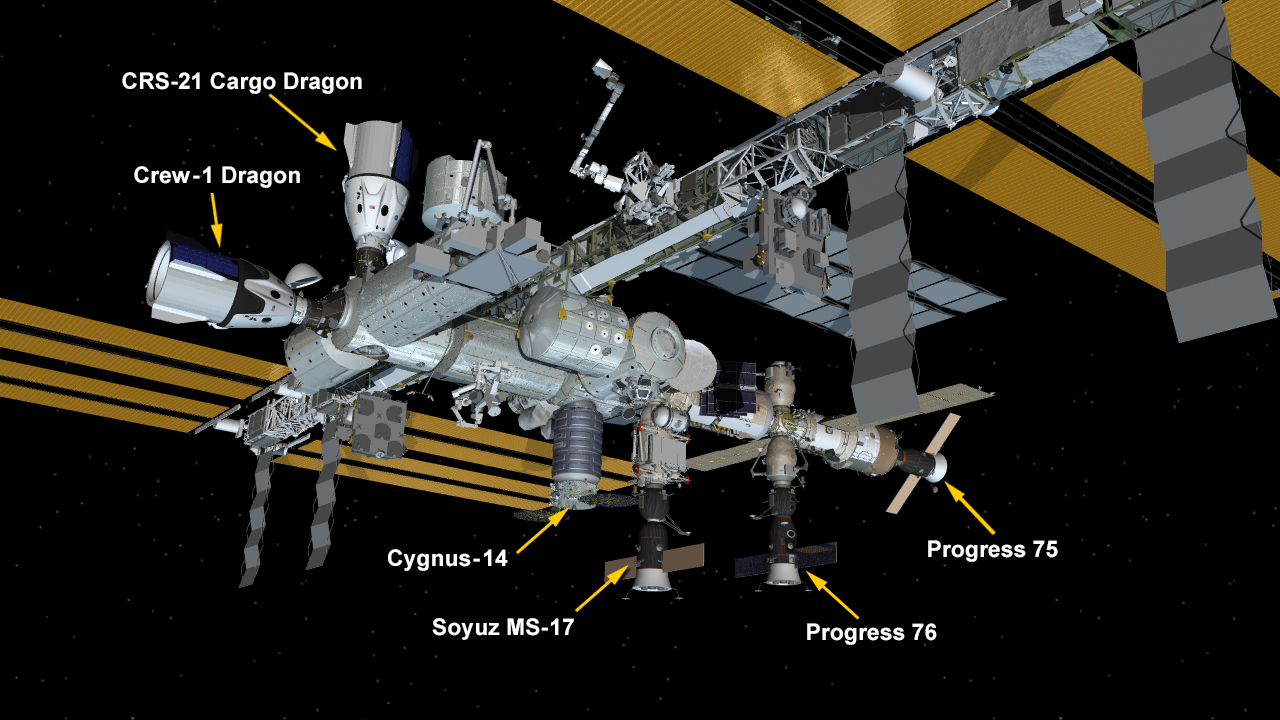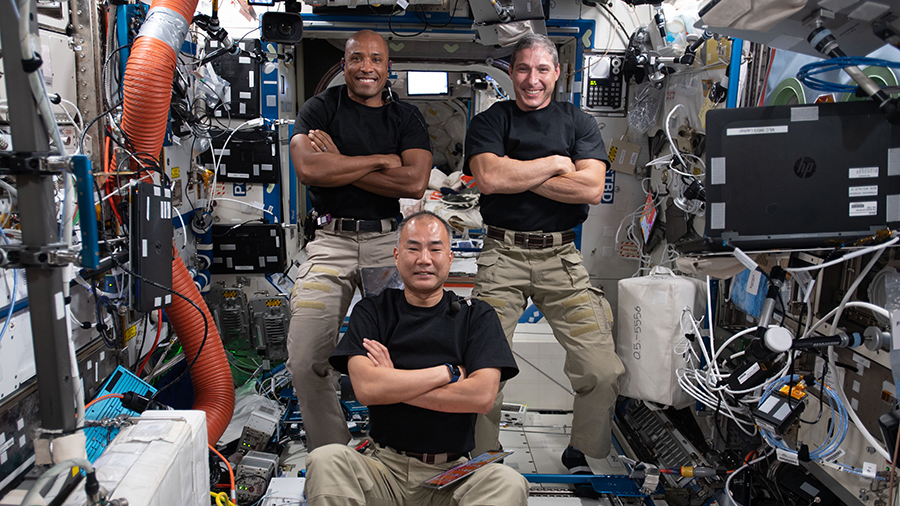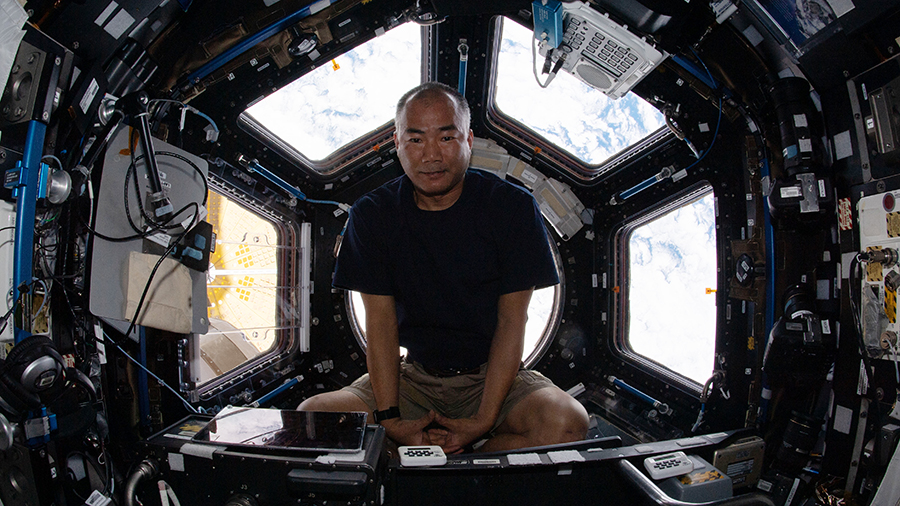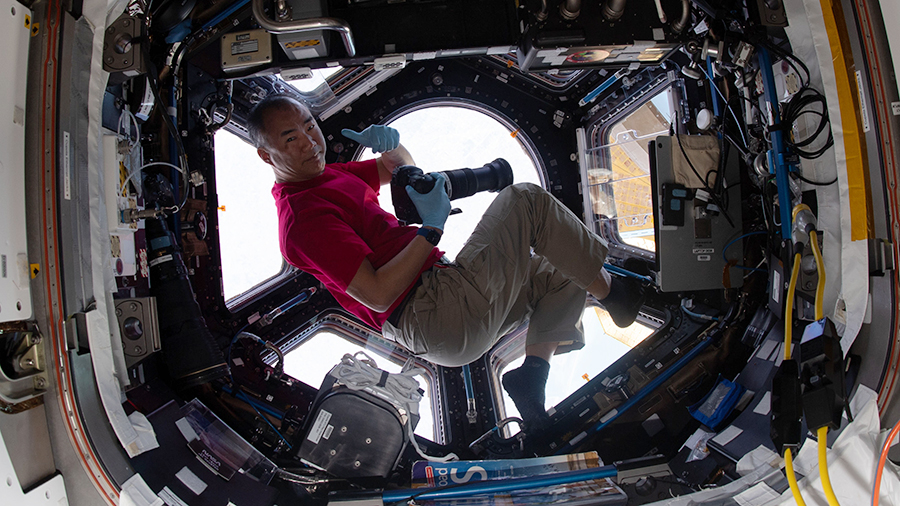
Space biology was the dominant research theme aboard the International Space Station today. The Expedition 64 crew explored heart cells, muscles and more to understand how microgravity impacts the human body.
The Cardinal Heart study has been under way all week with the crew observing engineered heart tissue samples through a microscope in Japan’s Kibo laboratory module. The samples are being processed inside the Life Sciences Glovebox to help researchers understand and treat abnormal heart cells and tissues that can lead to disease both on Earth and in space.
The lack of gravity aboard the space station means astronauts exert less energy when moving around the orbiting lab resulting in muscle atrophy. Daily exercise offsets this loss and keeps crew members healthy and strong during long term missions and prepares them for the return to Earth after months of living in space.
The Myotones study taking place today seeks to understand the biochemical properties of muscles exposed to weightlessness. Analysis of ultrasound scans and blood samples taken from crew members could give scientists insights into muscle conditions caused by lack of movement and aging.
Organ transplants are critical on Earth especially with demand exceeding supply. Doctors are exploring generating cell growth in three dimensions and creating artificial organs in space since Earth’s gravity limits this growth. The new Space Organogenesis study ongoing this month uses the space station to enable 3D cell growth to promote regenerative technology and someday support patients on Earth who need transplants.

